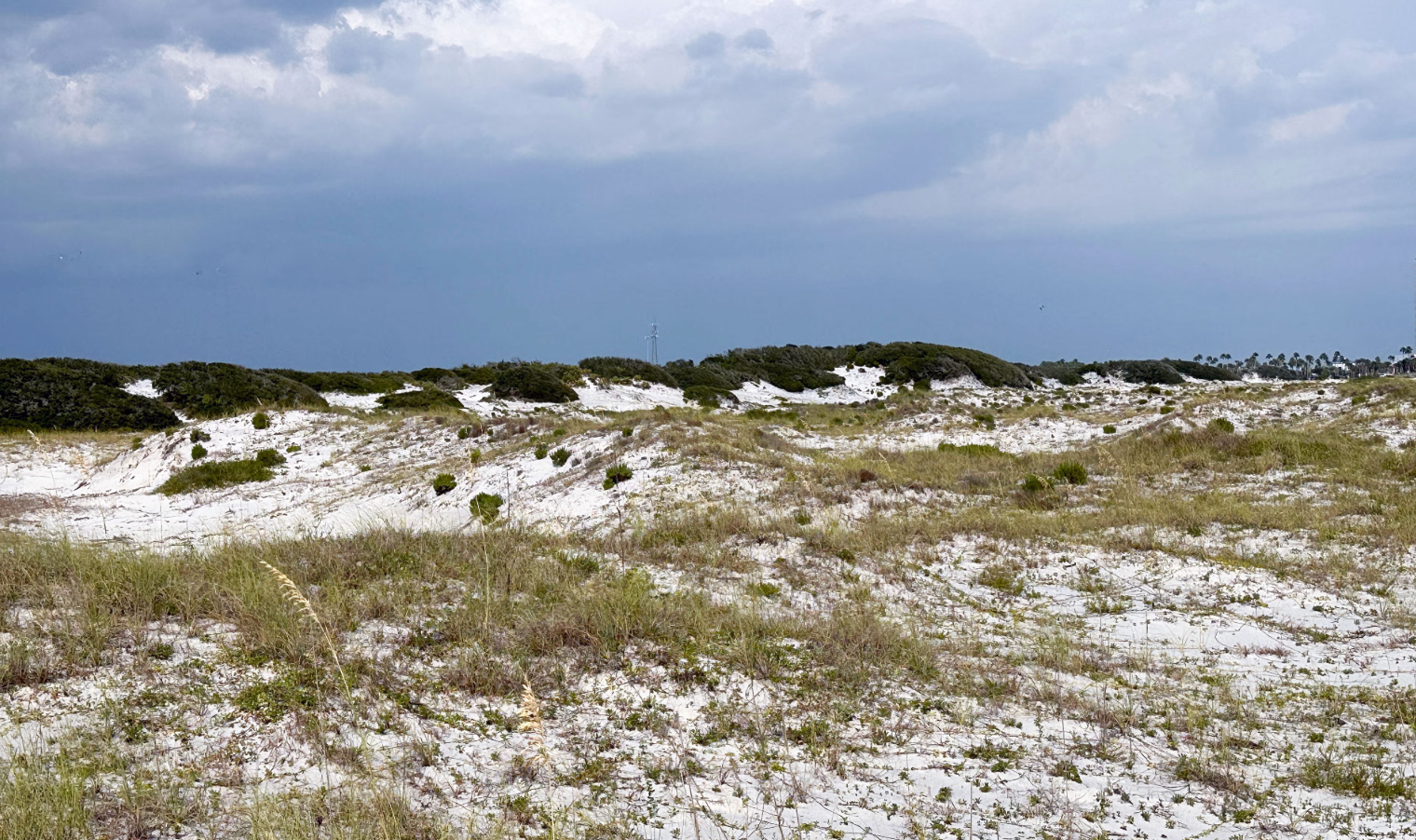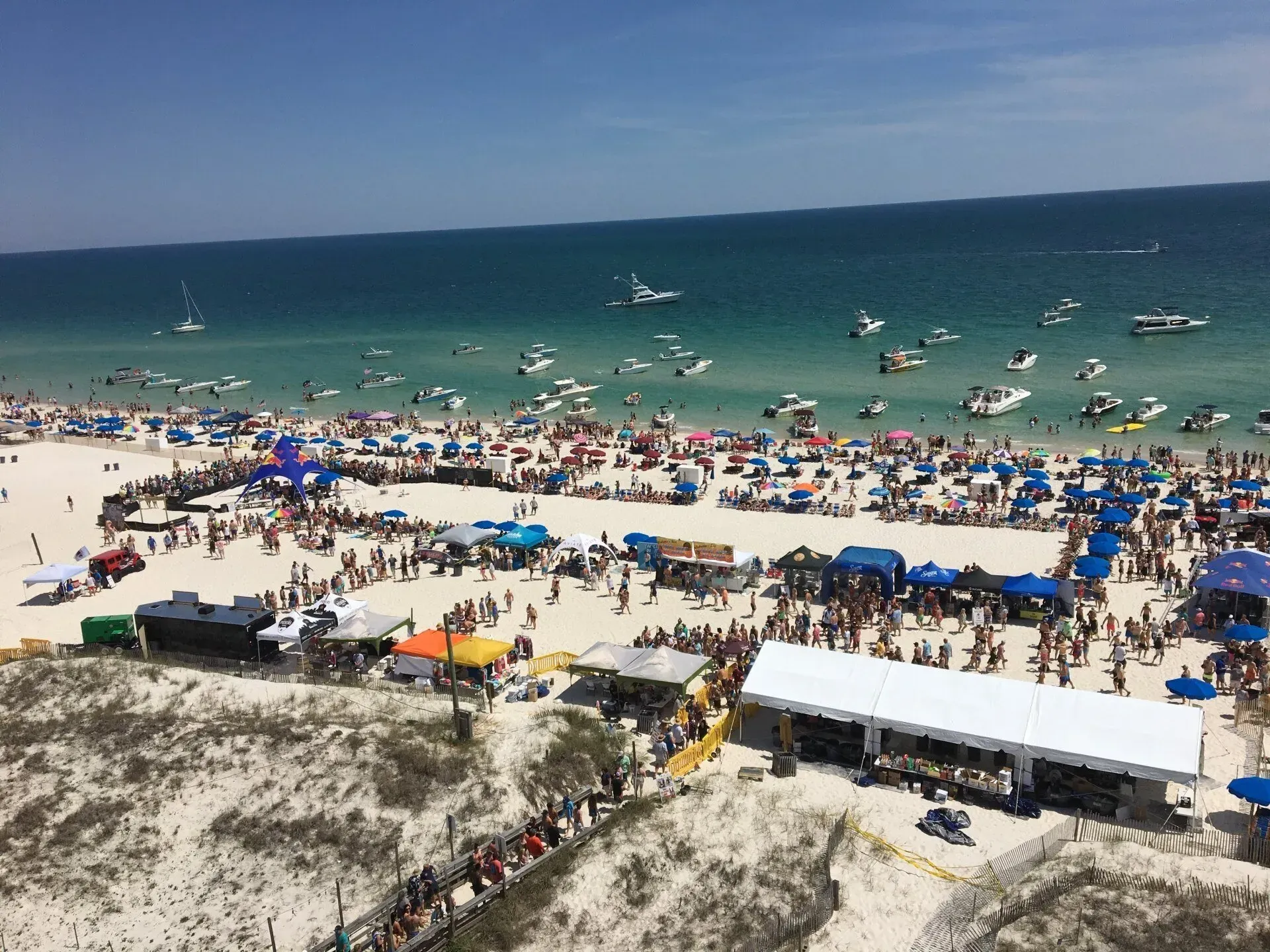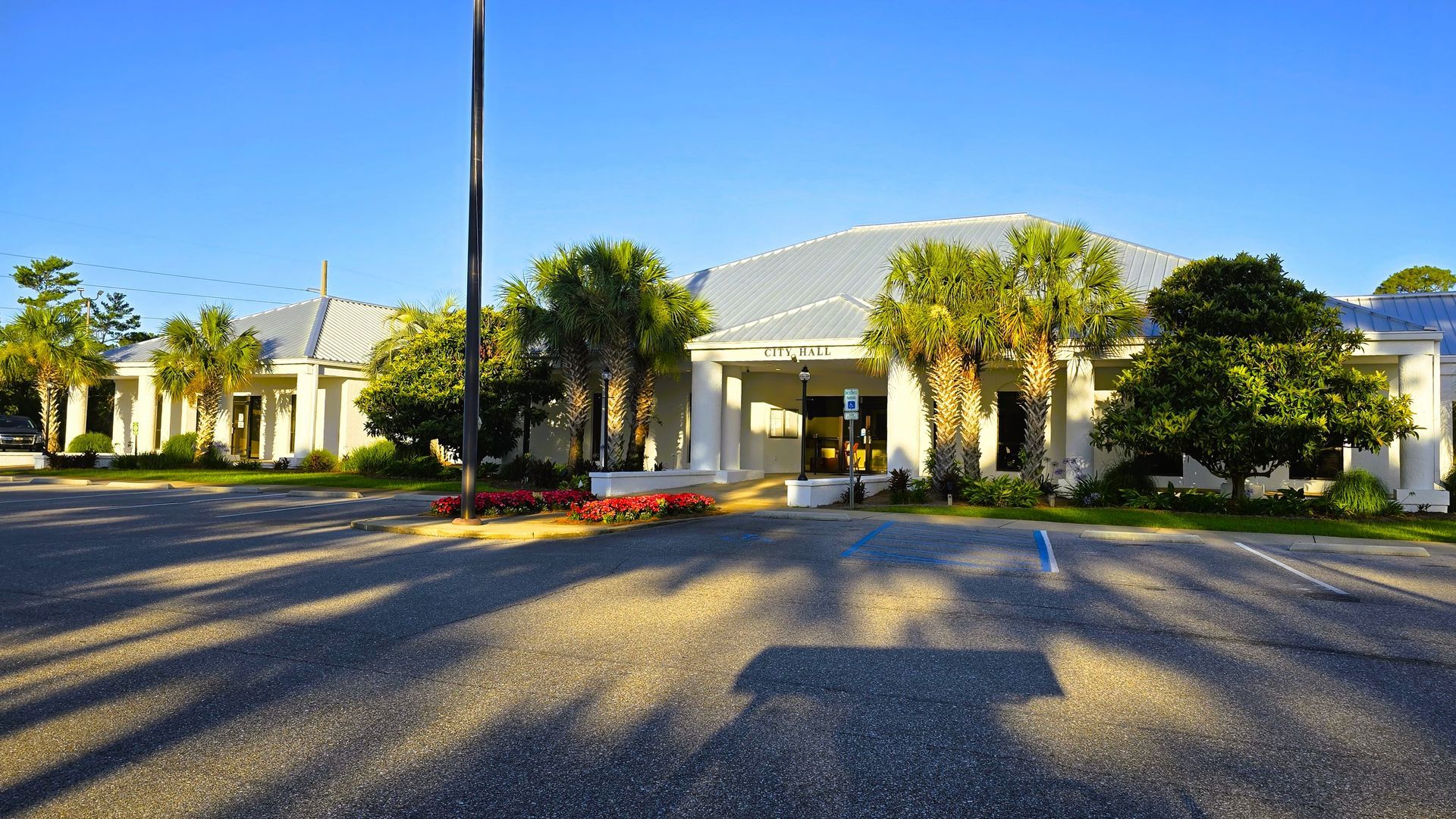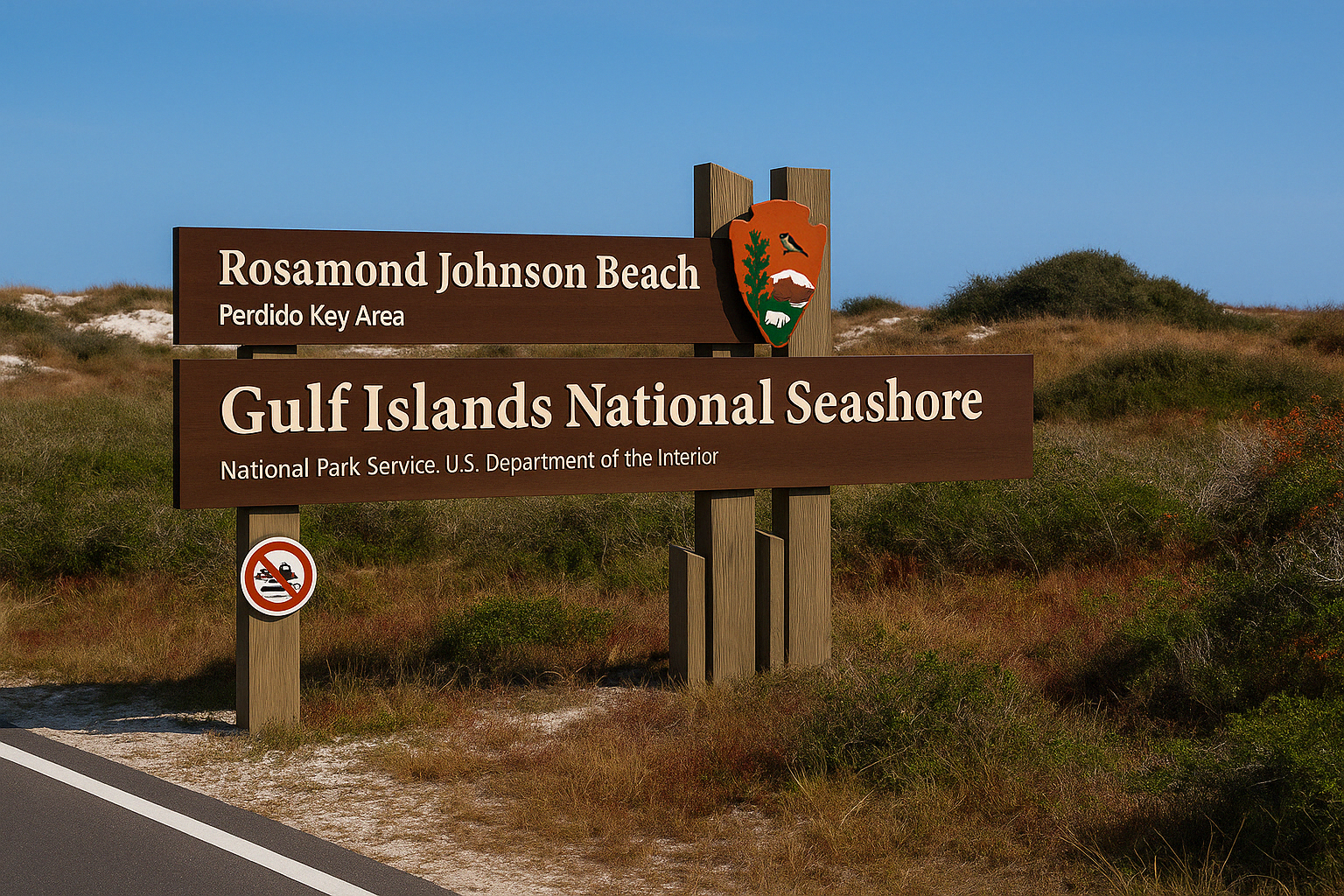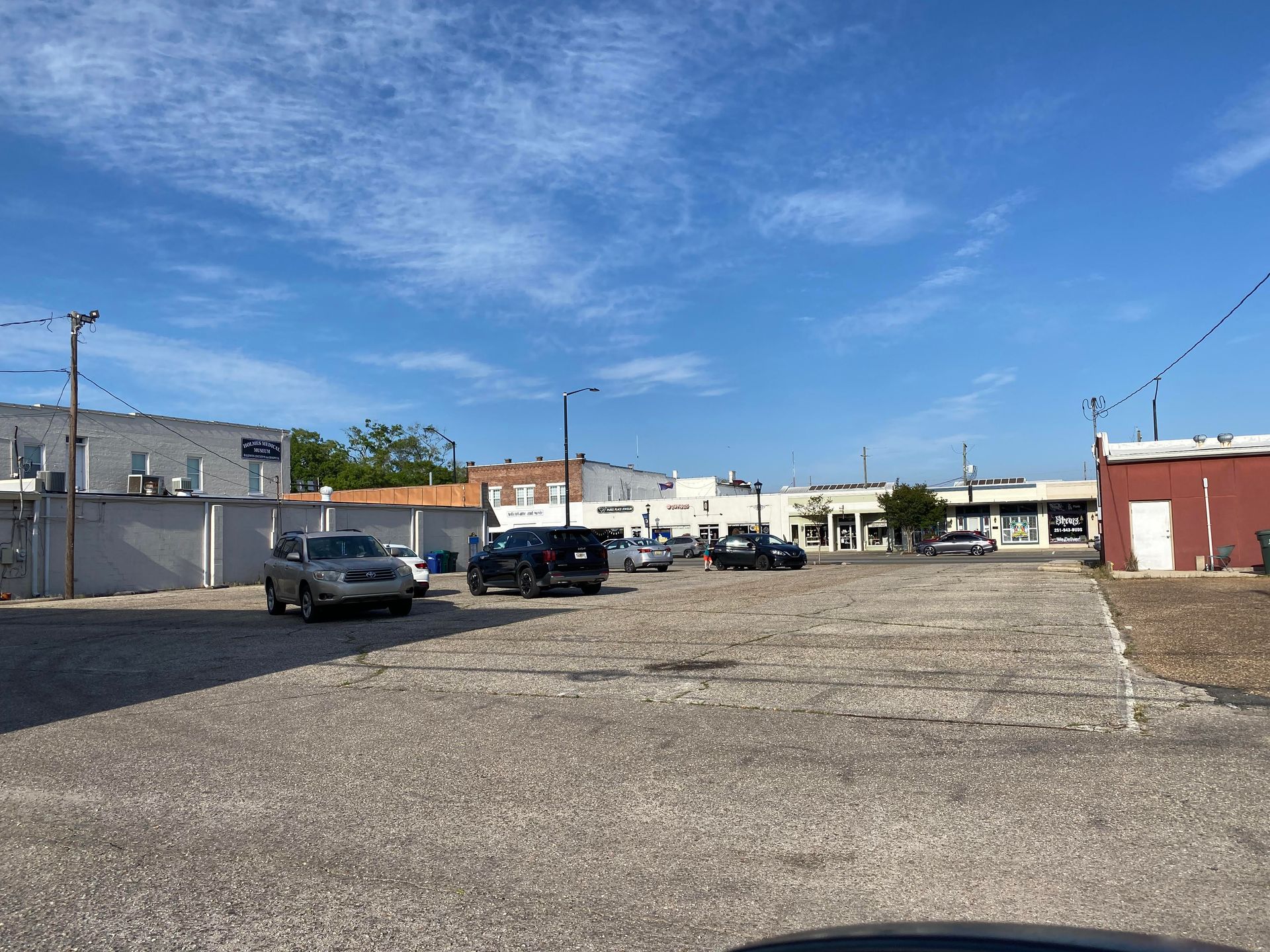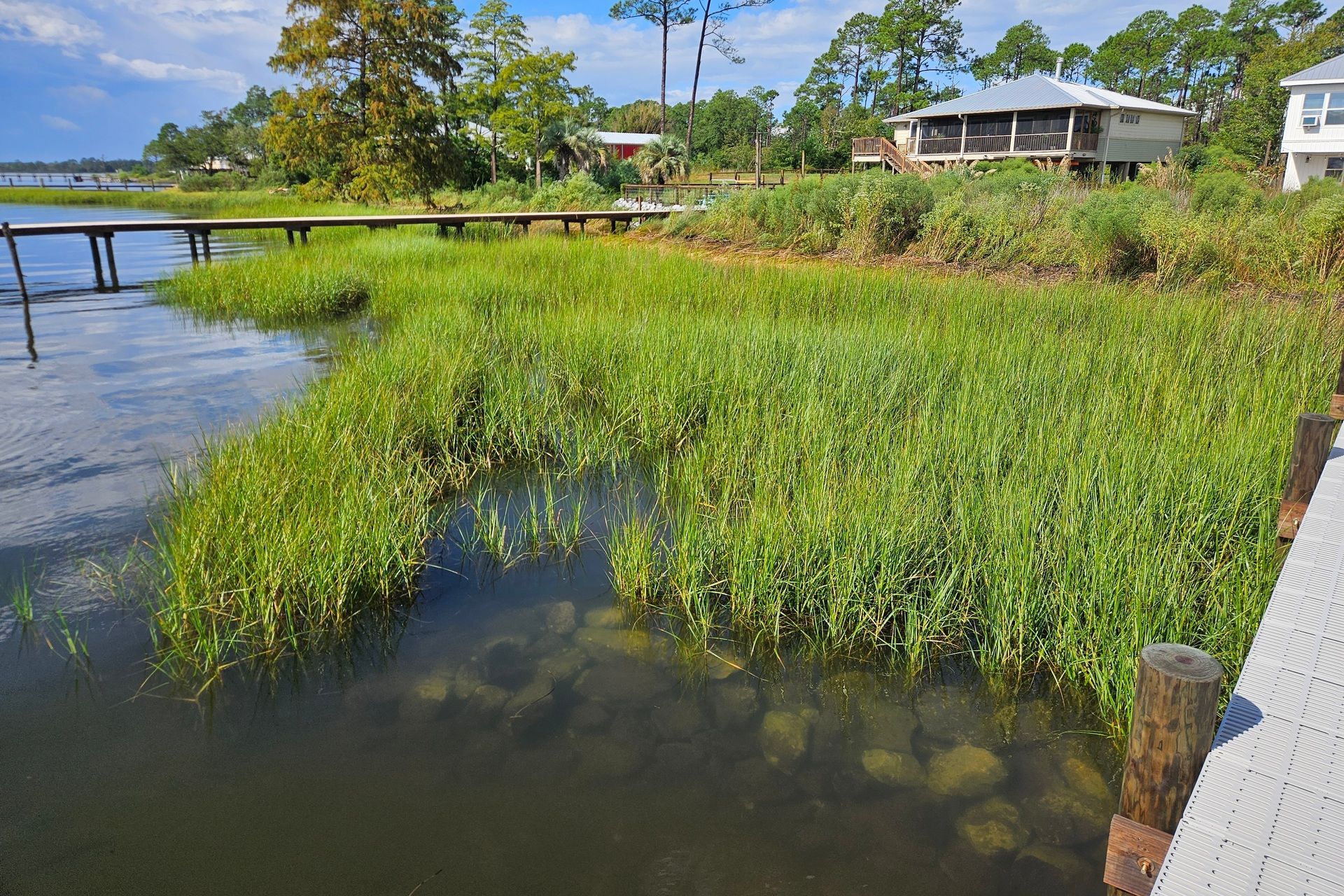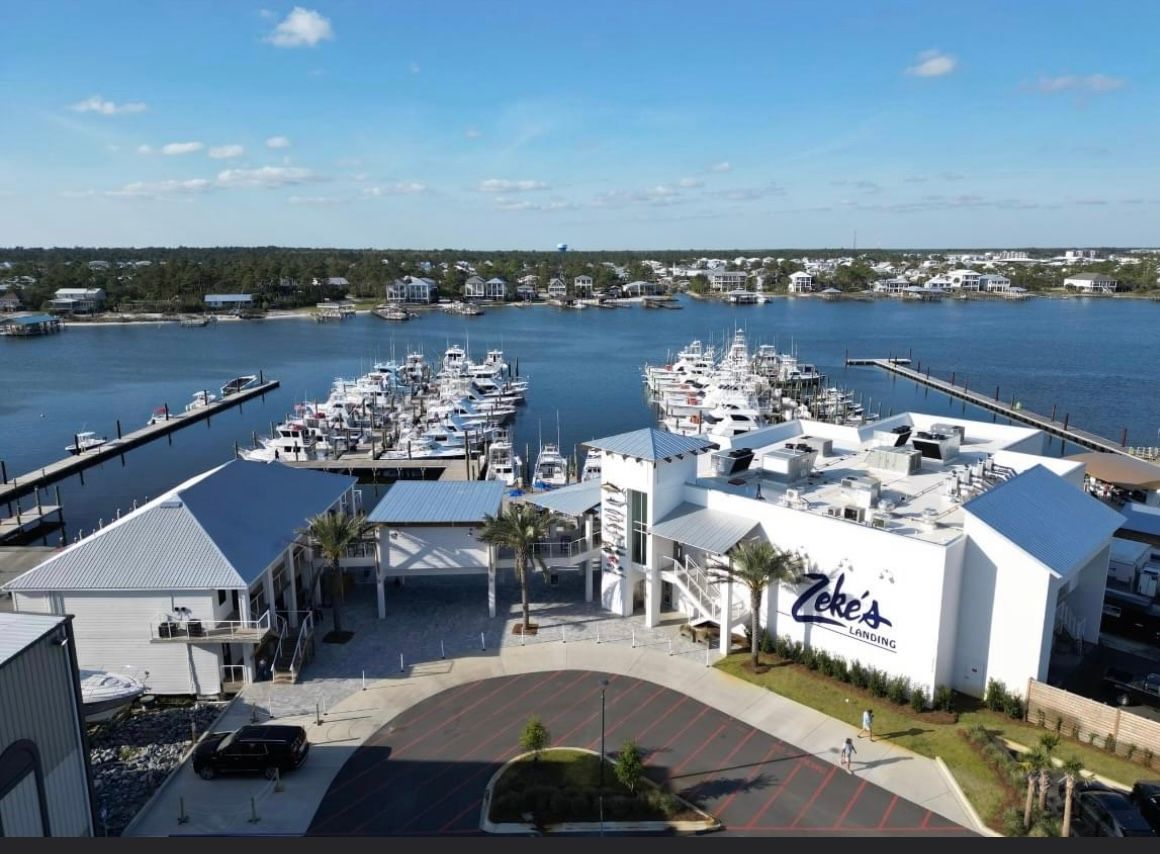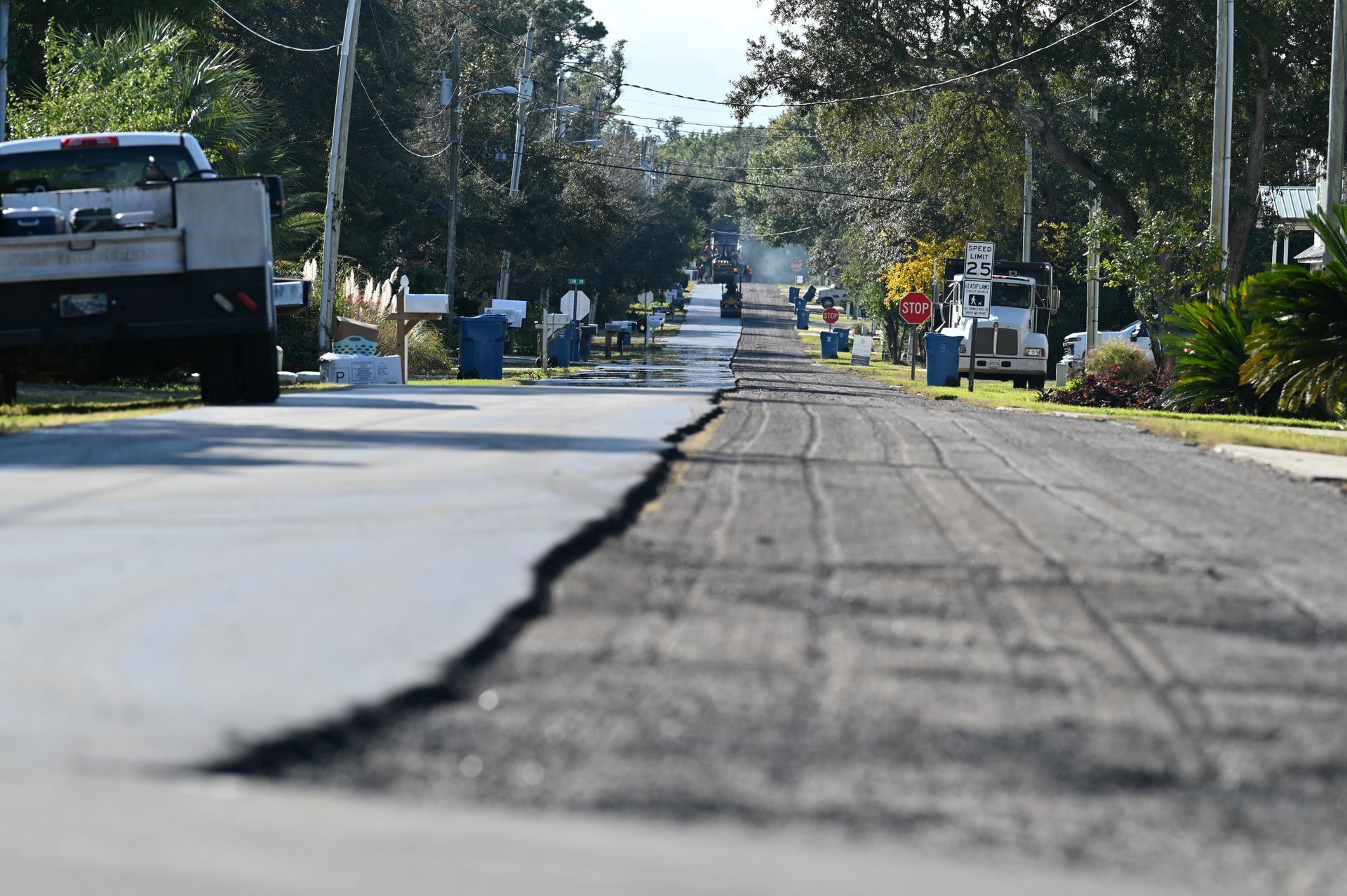Alabama's Old Shoreline Barriers Find New Life as Oyster Habitat
Mobile Bay's Retired Shoreline Protection Structures Reinvented as Oyster and Fish Habitats
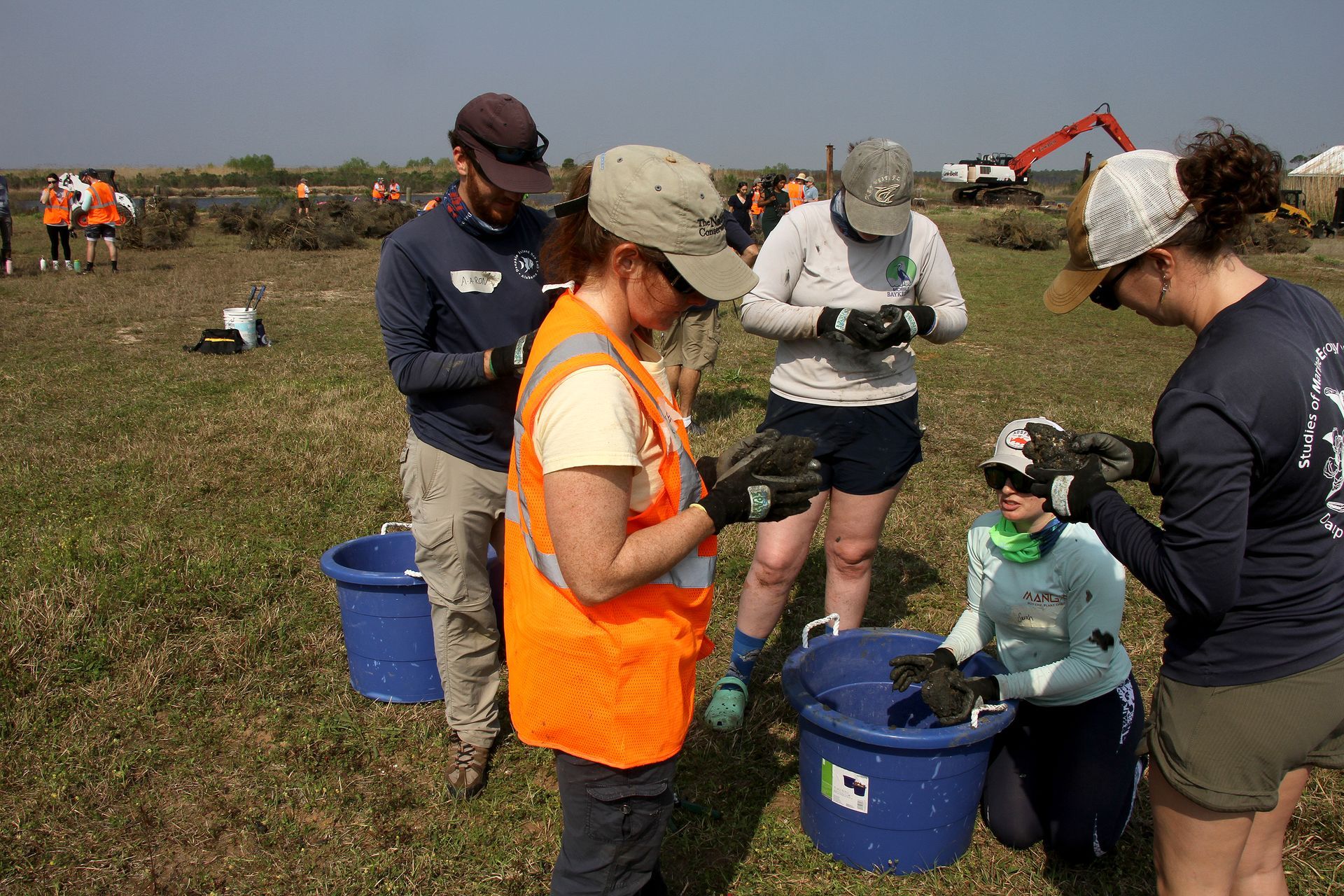
Mobile Bay, Ala. - (OBA) - Alabama's coastal waters are experiencing a transformation as obsolete shoreline protection structures are repurposed to create new habitats for oysters, crustaceans, and inshore fish species. This innovative project is a collaboration between The Nature Conservancy, the Alabama Department of Conservation and Natural Resources (ADCNR), Mobile County, Dauphin Island Sea Lab, the University of South Alabama, and Alabama Gulf Seafood.
Originally deployed in 2011 after the Deepwater Horizon oil spill, the cages used for shoreline protection in Mobile Bay proved to be less effective in their original purpose but continued to provide great habitat for fish and oysters. As Mobile County prepares to build a breakwater system and rebuild the shoreline, the project partners saw an opportunity to repurpose the cages for a more sustainable use.
Volunteers, including marine science students, joined The Nature Conservancy staff in dismantling the cages and sorting the oysters, which were then returned to known oyster reefs near Bayou La Batre. The project was completed in half a day, far quicker than the anticipated two days.
In addition to the cages, Reefballs – concrete dome habitats also deployed in the same areas – were collected and reused in the construction of inshore artificial reefs under the ADCNR's Marine Resources Division (MRD). Craig Newton, MRD's Artificial Reef Coordinator, shared that the Dog River Reef, one of four new reefs in Mobile Bay, used some of the material removed from the cages and Reefballs. The Alabama Wildlife Federation also purchased $250,000 worth of rocks to enhance two other reef sites.
According to Newton, productivity for oyster and fish habitat on the new reefs could begin quickly after construction, with oyster larvae potentially attaching to the structures soon. The new reefs will not only provide substrate for oysters and habitat for fin fishes, but also improve water quality and help facilitate connectivity of isolated oyster reefs throughout Mobile Bay. This summer, these reefs are expected to be productive for spotted seatrout, a popular target for inshore anglers.
Judy Haner, The Nature Conservancy's Marine and Freshwater Programs Director for Alabama, highlighted the organization's broader efforts in the state, including working with the Army Corps of Engineers to build fish bypasses at Miller’s Ferry and Claiborne dams and using prescribed fire to manage lands for long-term preservation, recreation, and hunting habitats.
Share this article w/ Friends...
